The relationship between China's economic development and improvement in environmental quality has evolved from a compromise to a mutually beneficial situation, according to a recent report.
The report was unveiled by Clean Air Asia, an international non-profit organization, on Thursday, which coincided with this year's World Environment Day.
In a stark contrast to many Southeast Asian nations, which are grappling with significant increases in energy consumption and emissions amid rapid industrial growth, China has successfully transitioned towards greener development, according to the report.
The percentage of the secondary sector and energy intensity in Southeast Asian countries, such as Cambodia, Indonesia, Myanmar and Vietnam, has risen steadily, it said. Between 2013 and 2022, for instance, Myanmar's carbon dioxide (CO2) and sulfur dioxide (SO2) emissions per unit of GDP have doubled and tripled, respectively.
During this period, China witnessed a shift in its industrial landscape through transformation, upgrading, and energy structure optimization. Consequently, the proportion of value added in the secondary sector within the gross value added decreased from 43.9 percent to 39.9 percent amid steady economic growth. Moreover, the country achieved a notable 26 percent reduction in energy consumption per unit of GDP.
The report further pointed out that, during the time, China's SO2, CO2 and nitrogen oxide emissions per unit of GDP fell by about 93 percent, 31 percent and 76 percent, respectively. And the average annual PM2.5 density in 74 key Chinese cities dropped by about 56 percent.
Among the 28 Asian megacities that the report covered, 14 reported a reduction in the three-year moving average of PM2.5 concentration in recent years, of which six are from China.
The relationship between the GDP per capita of the countries outlined and their PM2.5 exposure concentrations follow the Environmental Kuznets Curve, characterized by an inverted U shape. Advanced economies exhibit higher environmental quality, while developing nations with lower income levels tend to experience poorer environmental conditions.
"China's GDP per capita has exceeded the $10,000 mark and crossed the inflection point. This means the relationship between the country's economic development and environmental quality improvement have transitioned from being a compromise to a win-win situation," it said.
According to the 2024 ecological and environmental bulletin released by China's Ministry of Ecology and Environment on Thursday, the average annual density of PM2.5 in cities of prefecture level and above across the country reached 29.3 mcg/ cubic m last year, down by 2.7 percent from 2023.
On average, these cities enjoyed relatively good air quality — defined as an index below 100 on a 0-500 scale — on 87.2 percent of days last year, an increase of 1.7 percentage points from the previous year. They experienced severe air pollution on just 0.9 percent of days, down from 1.6 percent in 2023.









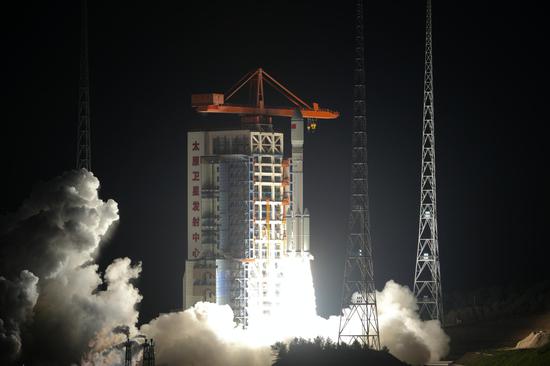

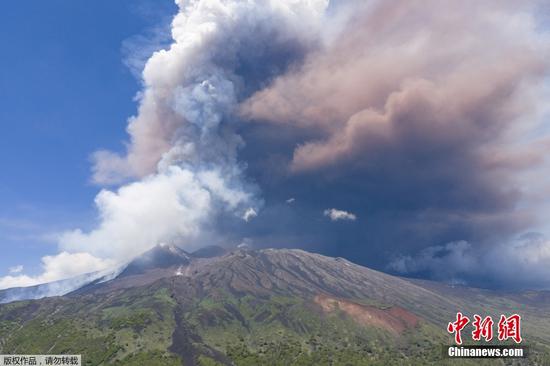
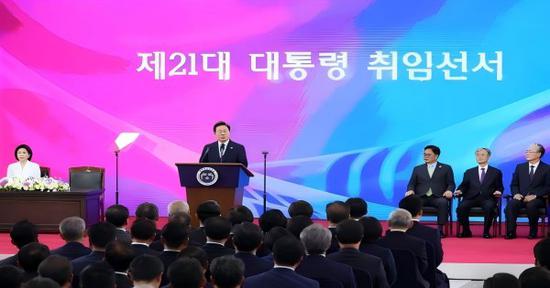
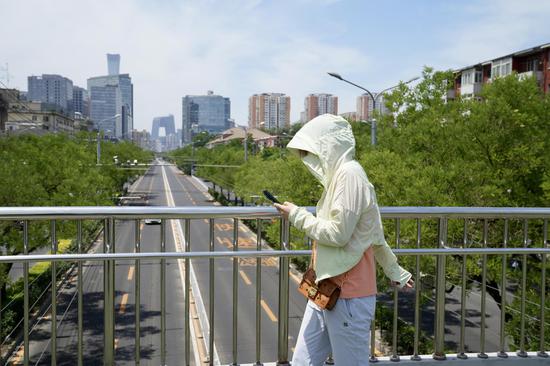

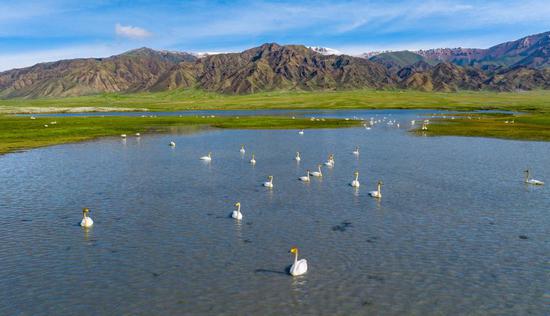

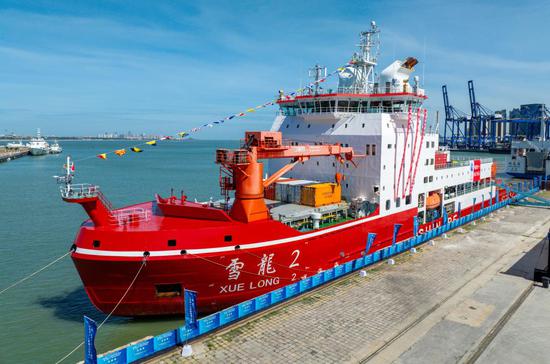

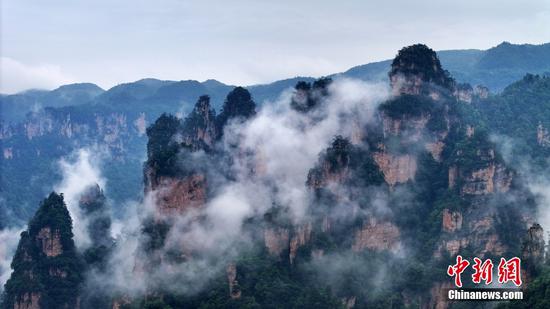


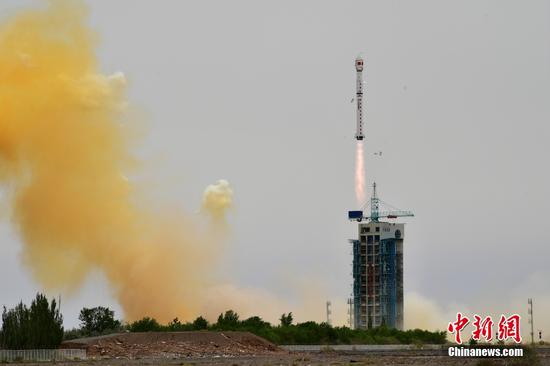
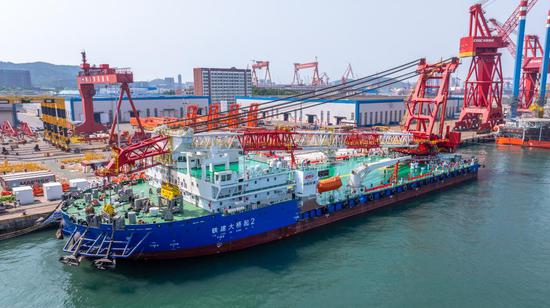

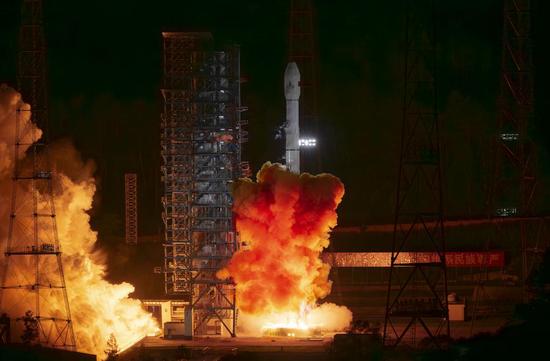

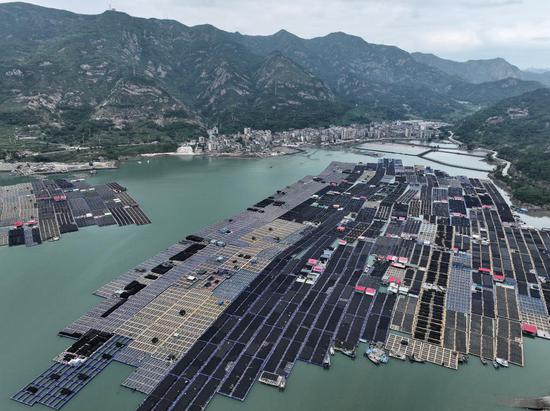
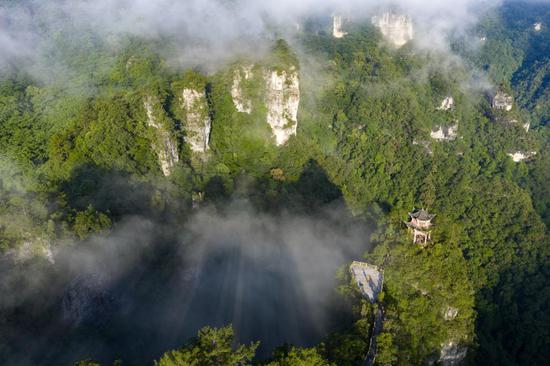
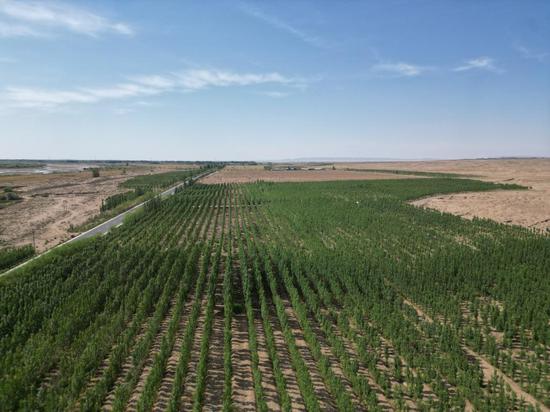




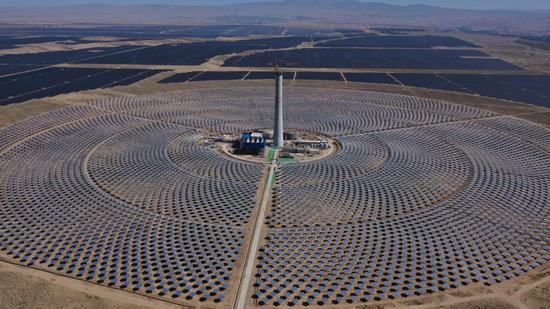

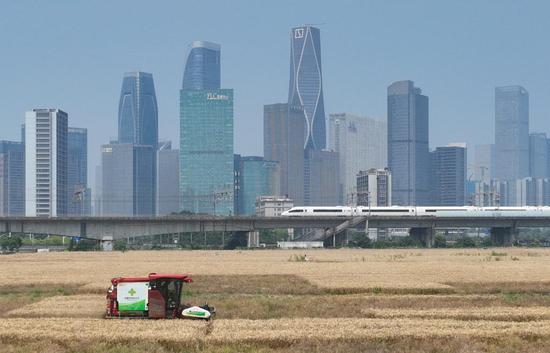



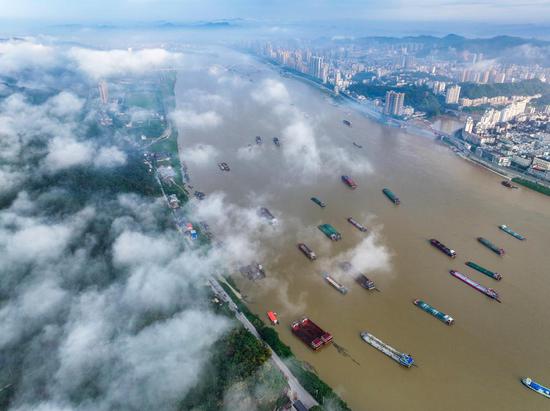


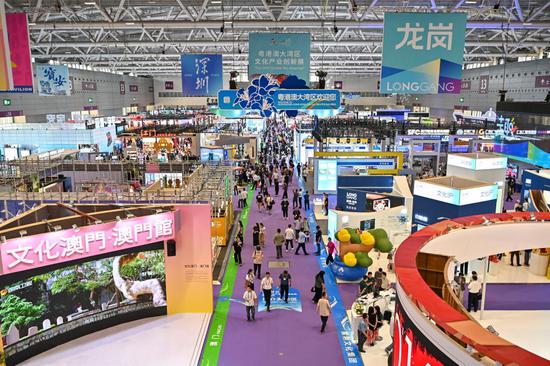






 京公網安備 11010202009201號
京公網安備 11010202009201號